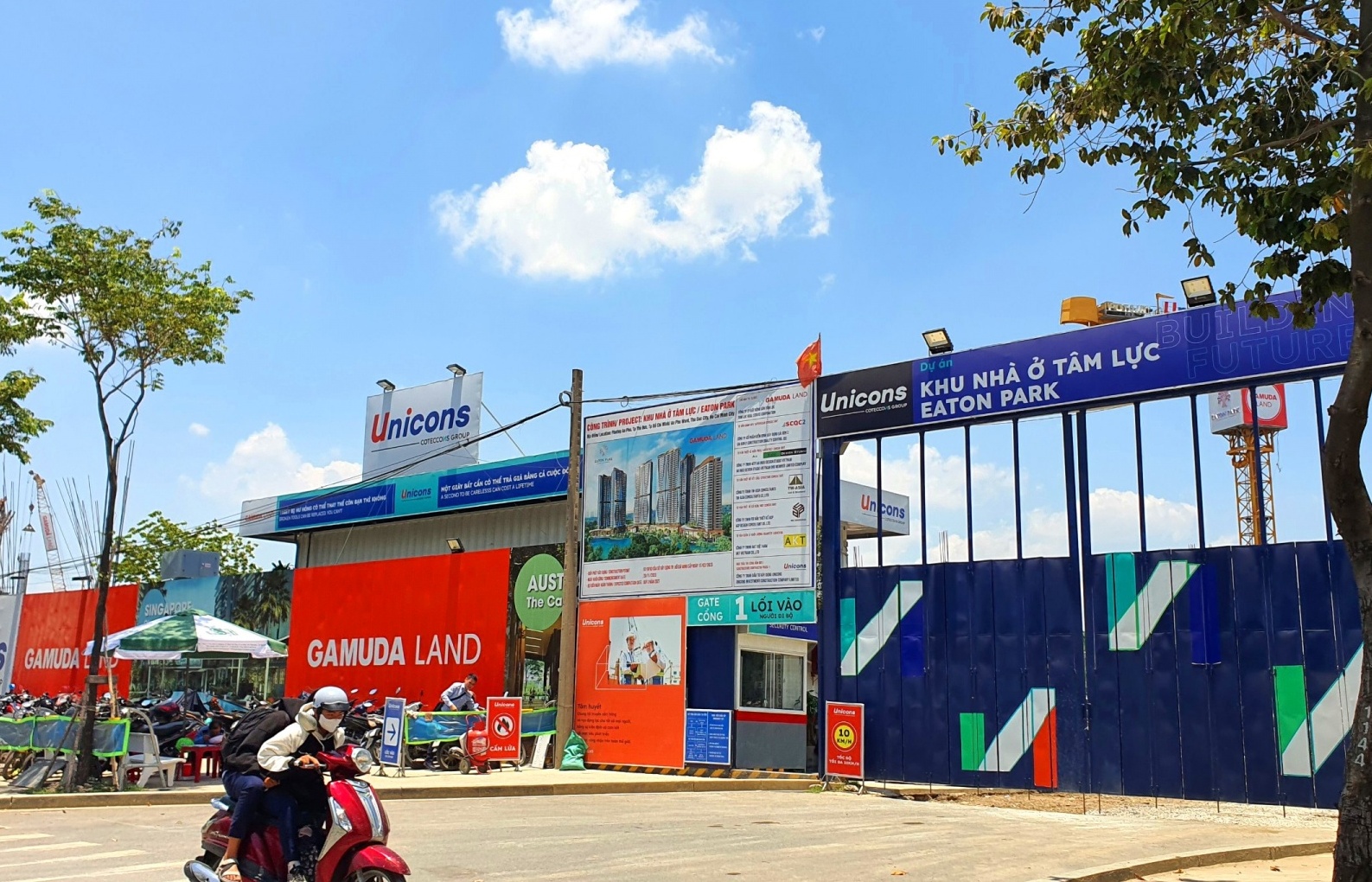Vietnam prepares to issue foreign bonds
A plan for bond issuances on foreign markets has been submitted to the government by the Ministry of Finance (MoF), paving the way for the first issuing session by the year’s end and coinciding with Vietnam’s anticipated WTO entry.
Pulling power: a rise in export turnover will lift the bond issuance |
“It is expected that during the first bond issuance session, Vietnam would mobilise $500 million to $700m to serve a number of domestic investment projects,” an MoF official said.
The plan dictates that part of the mobilised capital will be used for the Vietnam National Shipbuilding Industry Corporation, commonly known as Vinashin, to increase the company’s competitiveness and to complete pending contracts.
Experts believed bond issuances would help Vietnam settle the serious capital shortages, which were stunting a number of projects, adding that developments were only booming under the pretext that the country was reforming to integrate with the world economy.
“After some years of preparation, it’s the right time for Vietnam to raise its image in the eyes of international investors,” said Pham Phan Dung, head of MoF’s Banks and Financial Institutions Department.
Dung said that Vietnam’s credit ratings had improved considerably in recent years, especially since the announcement of figures from prestigious credit rating agencies like Fitch, and Standard and Poor’s.
Experts said the first session of bond issuance would be inked in US dollars, and feature mid and long-term maturity periods of five to ten years.
Bruce Baker, senior advisor at US based PIMCO Financial Administration, predicted that the rise in export turnover, combined with the sustainable and the economy’s high growth rate in recent years, would make the bond issuance a success.
Vietnam should also pay special attention to the defining of the bond interest rates, warned Baker, especially since the US Federal Reserve recently announced the US dollar’s interest rate had reached 3.5 per cent per annum.
Interest rates for US bonds with five to ten year maturity periods on the international market are usually posted at around four to five per cent per annum.
Vietnam has yet to define the interest rate for its bonds on the international market, as the MoF plan is still waiting for further comments from concerned parties, including the ministries of Planning and Investment, Justice, Science and Technology and the State Bank.
“The most important thing is the efficiency brought by the bond issuance,” said Baker, adding that the majority of mobilised capital should be used for projects that could produce profits for paying-off interest rate expenses and the fluctuation of exchange rates.
Vinashin, who under the plan will receive a large share of the mobilised capital, is emerging as a competitive and efficient force.
However, the shipbuilding giant reached its limit after signing contracts totaling around $1.5 billion, filling its plate until the end of 2009.
Truong Chi Trung, vice minister of Finance, said that Vietnam should target several objectives through the first bond issuance on the international market, not only mobilising capital but also polishing the nation’s image.
Presently, several domestic firms are heading their corporate bond issuance to mobilise capital from international markets.
Pham Thanh Binh, Vinashin’s general director, said Vinashin had proposed issuing its corporate bonds on the international market, and the firm was set to issue bonds amounting to VND1,000bn ($66m) by the year’s end to mobilise capital for its growing business activities.
Apart from Vinashin, the Vietnam National Petroleum Corporation, commonly known as PetroVietnam, has also expressed interest in issuing its corporate bonds on the international markets.
What the stars mean:
★ Poor ★ ★ Promising ★★★ Good ★★★★ Very good ★★★★★ Exceptional
 Tag:
Tag:
Related Contents
Latest News
More News
- The promotion of ESG via banking (November 21, 2024 | 09:32)
- Standard Chartered committed to Vietnam’s financial success (November 21, 2024 | 09:24)
- Full ESG adoption the priority for Agribank (November 21, 2024 | 09:07)
- Banks entice youth with tech advances (November 21, 2024 | 08:00)
- Banks shaping the future as business advisors (November 20, 2024 | 21:00)
- ESG represents a shift towards sustainability for banks (November 20, 2024 | 13:00)
- GGGI supports Vietcombank’s debut of $80 million green bonds (November 20, 2024 | 11:20)
- SHB and the ESG journey: creating social value in every step (November 19, 2024 | 15:00)
- Banking sector contributes to ESG, green growth, and sustainable development (November 19, 2024 | 14:42)
- ESG implementation in banking: from awareness to action (November 19, 2024 | 12:08)


























 Mobile Version
Mobile Version